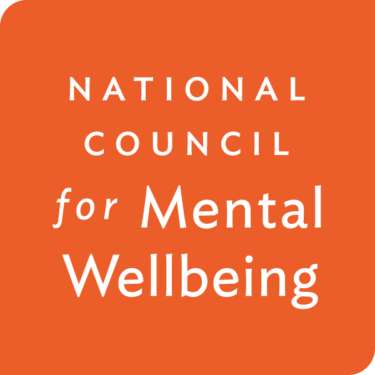Engaging PWLLE in Overdose Data Collection, Interpretation and Dissemination
While health departments are becoming more familiar with People with Lived and Living Experience (PWLLE) inclusion in their prevention and response activities, they still have a long way to go in data collection, interpretation and dissemination efforts. This tool highlights examples of successful PWLLE engagement in data collection, interpretation and dissemination, gathered through key informant interviews — including overdose fatality review committees, drug checking, patient surveys and overdose reversal reporting — as well as novel approaches to community-based participatory research, such as patient journey mapping and PWUD/researcher collectives. It also includes key considerations for gathering and disseminating data. The target audience for this tool includes the staff of epidemiology and surveillance departments.
This publication was supported by the Centers for Disease Control and Prevention (CDC) of the U.S. Department of Health and Human Services (HHS) as part of a financial assistance award totaling $248,980 with 100% funded by CDC/HHS. The contents are those of the author(s) and do not necessarily represent the official views of, nor an endorsement by, CDC/HHS or the U.S. government

